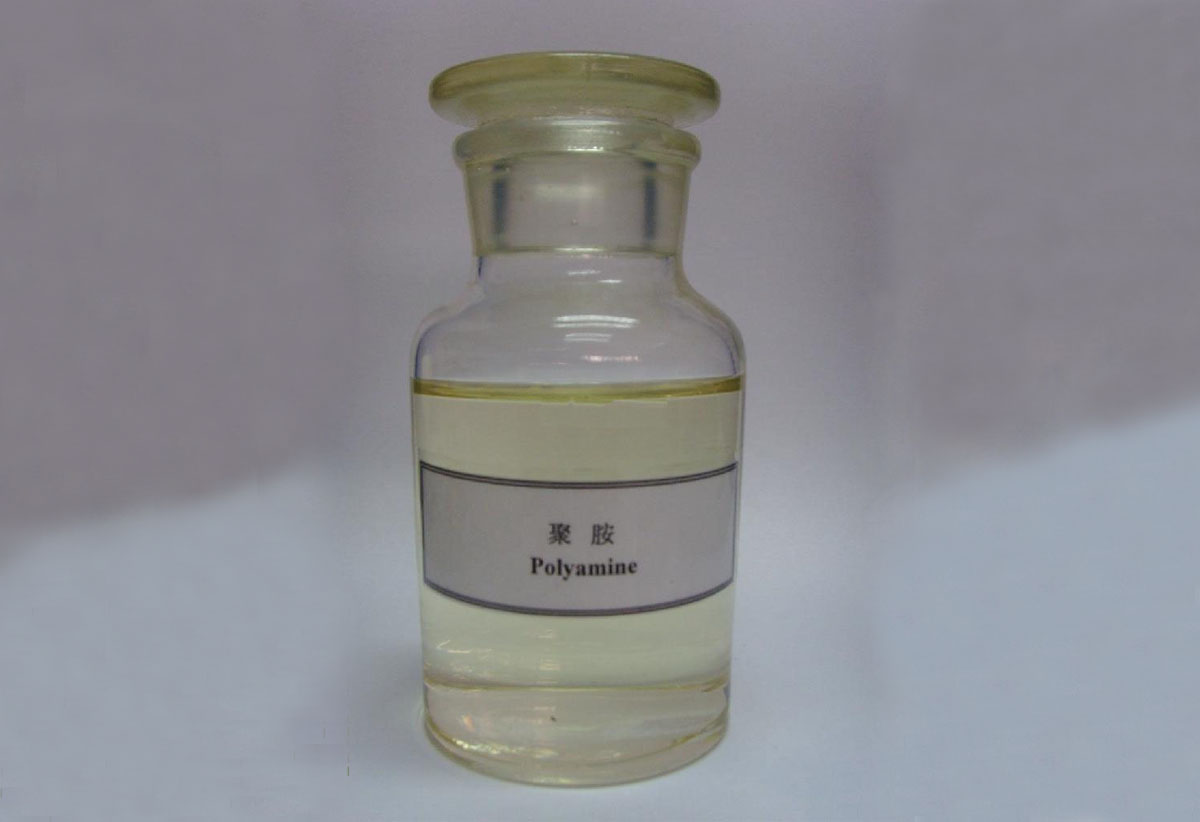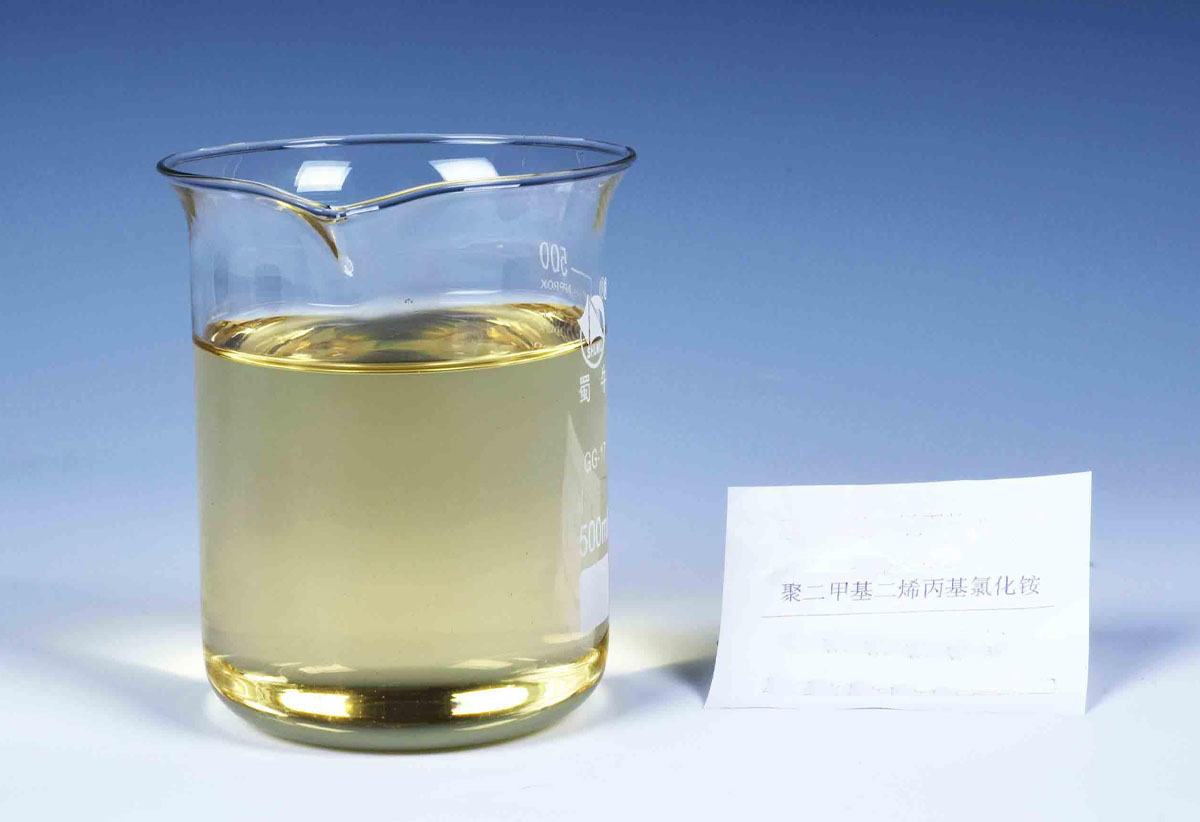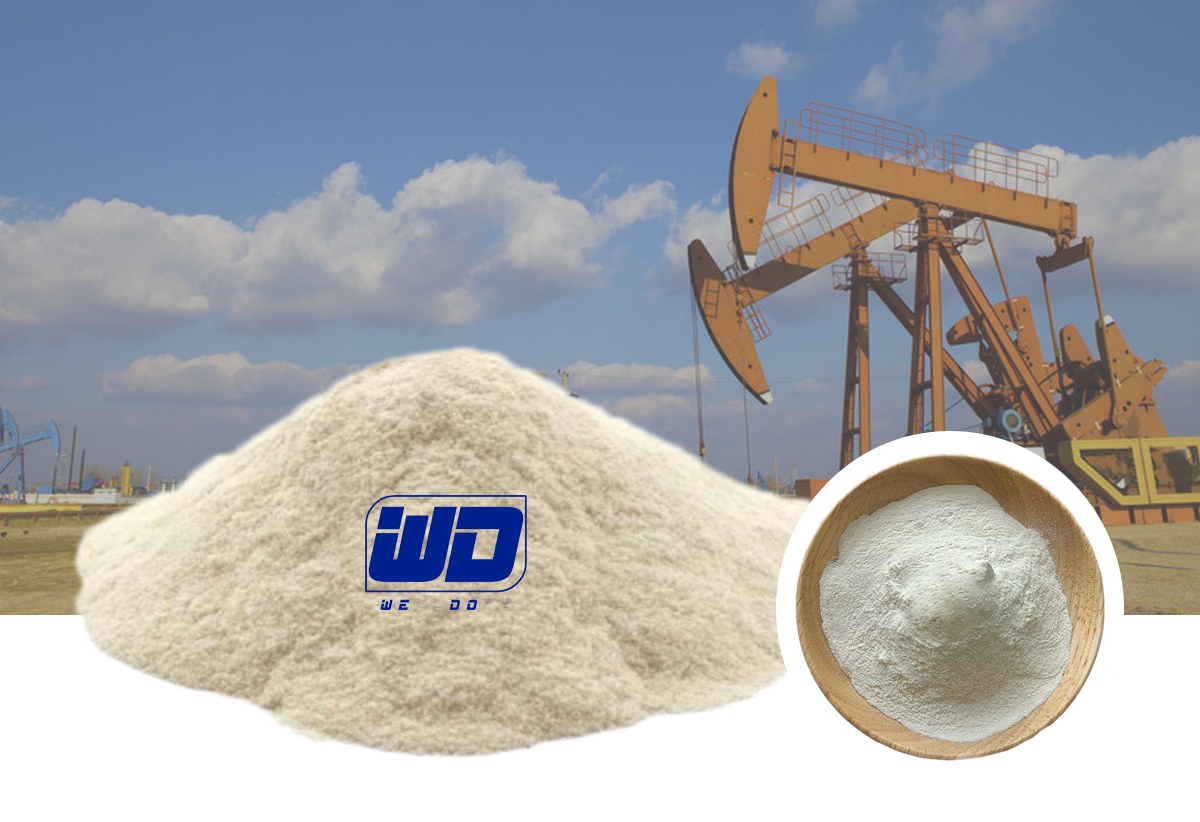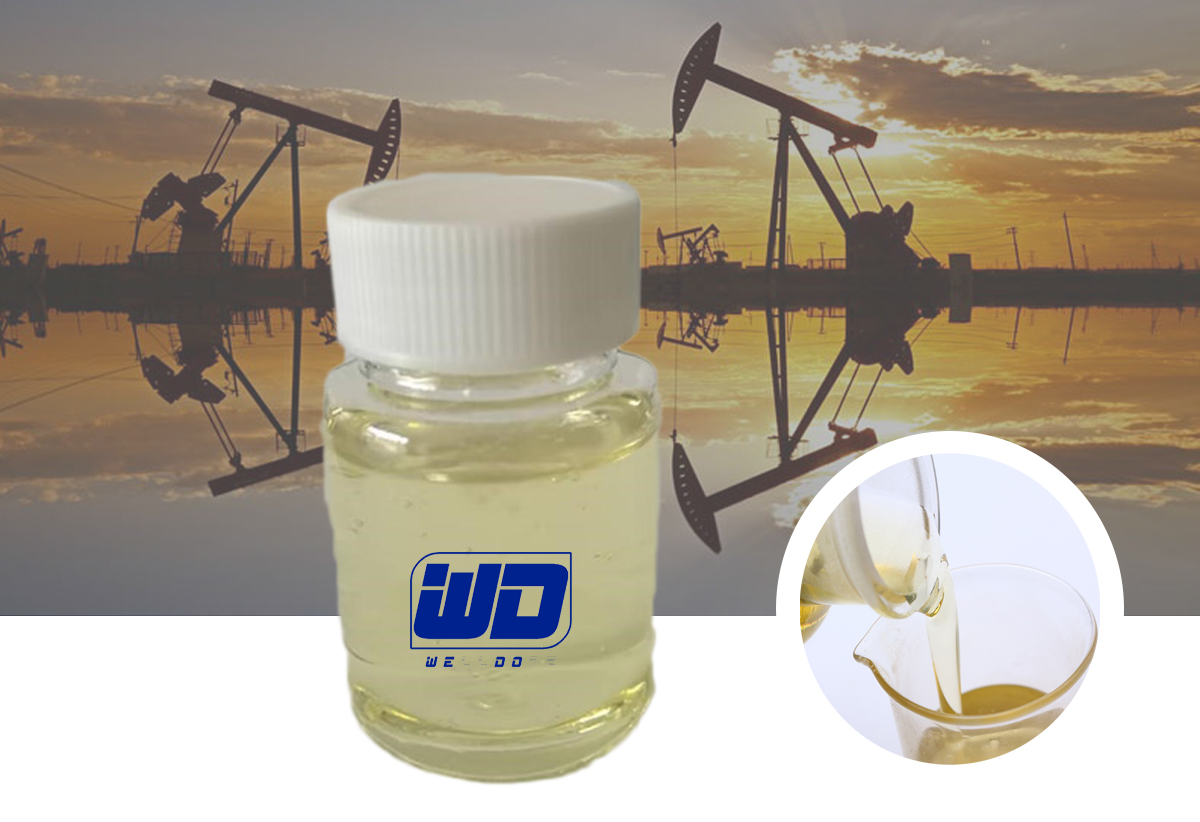Polyacrylamide: Anionic PAM water treatment flocculant product introduction
Anionic polyacrylamide (PAM) is a commonly used flocculant in water treatment. PAM is a high molecular polymer that can form a negatively charged molecular structure in water. This characteristic allows PAM to attract positively charged impurity particles in the water to form flocculated clumps.
product advantages:
Strong flocculation: PAM has strong flocculation and can effectively gather and condense suspended solids, turbidity substances, colloidal particles, etc. in the water. It makes these tiny particles combine with each other to form larger clumps, which facilitates subsequent sedimentation and filtration processing.
Increase the settling speed of suspended solids: The flocculation effect of PAM not only causes the suspended solids to condense into clumps, but also increases the density and self-weight of the clumps, thereby accelerating their settling speed. This helps to quickly achieve solid-liquid separation during water treatment and improve treatment efficiency.
Wide applicability: PAM has wide applicability in various water treatment fields. It can be used to treat water from different sources and characteristics such as drinking water, industrial wastewater, sewage, lake water, etc. And it has good flocculation effect on different types of suspended solids and colloids.
Strong salt tolerance: PAM has good tolerance to salts and can maintain a certain flocculation effect even in high-salinity water bodies. This makes it excellent in applications such as desalination, seawater treatment and high-salinity wastewater treatment.
Good controllability: The flocculation effect of PAM can be controlled by adjusting its addition amount and molecular weight. This enables operators to perform reasonable dosage control based on specific water quality requirements and treatment processes, ensuring a balance between treatment effectiveness and economy.











